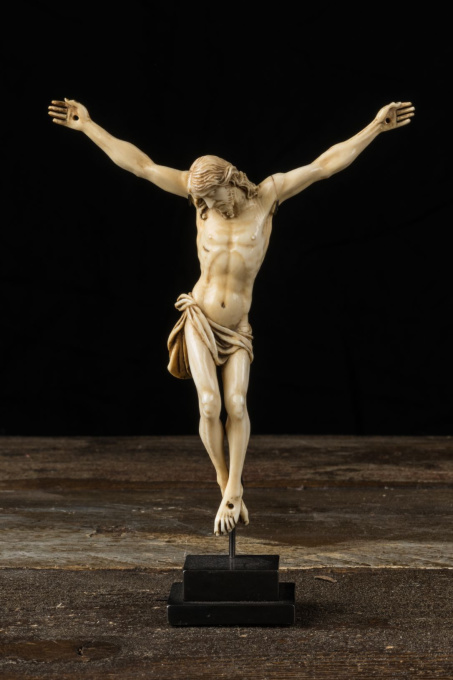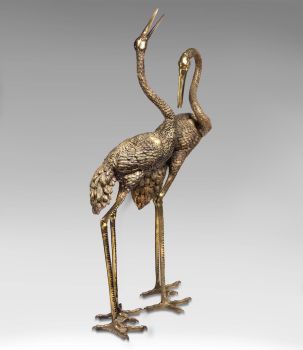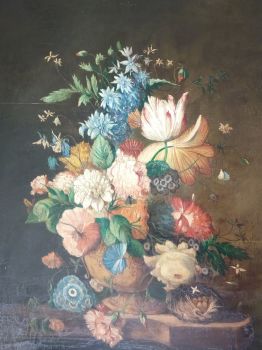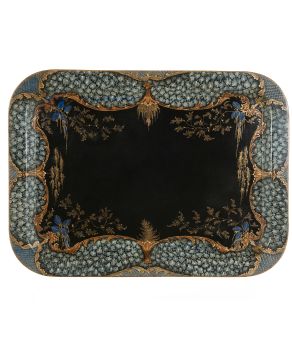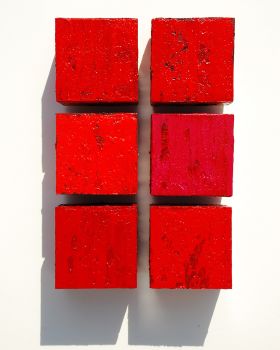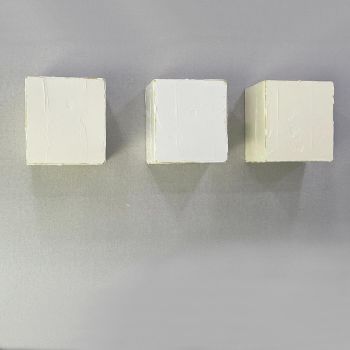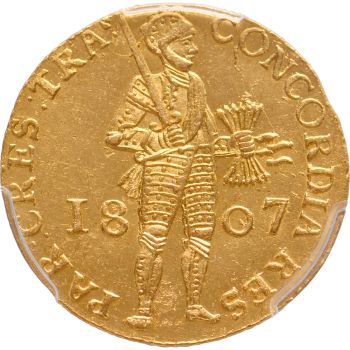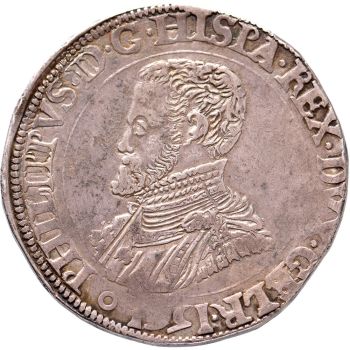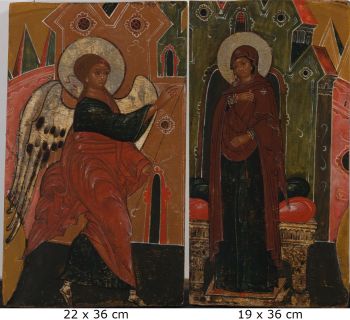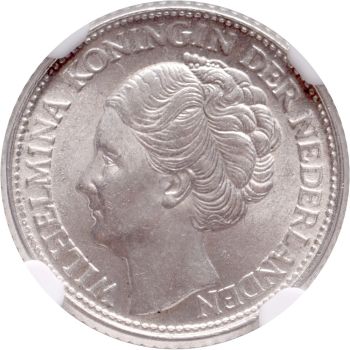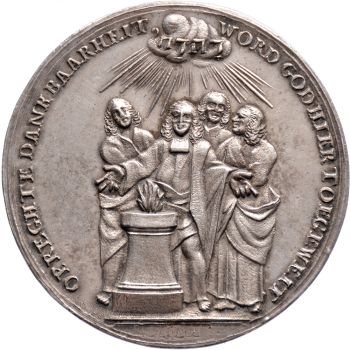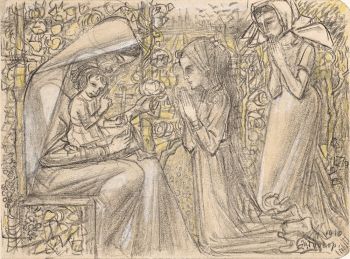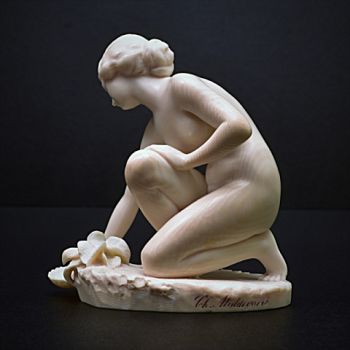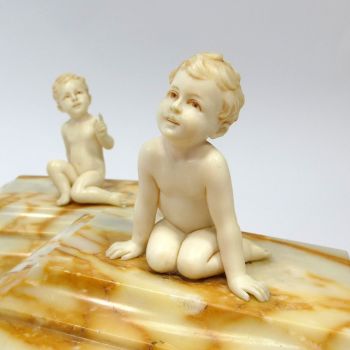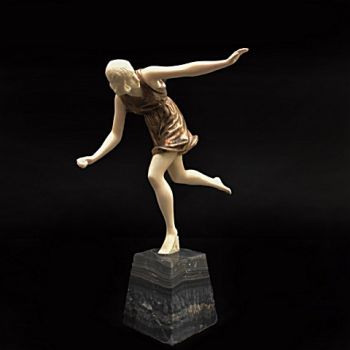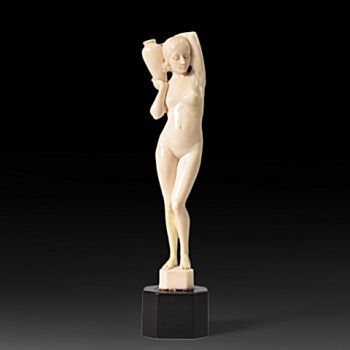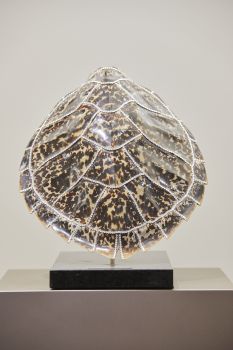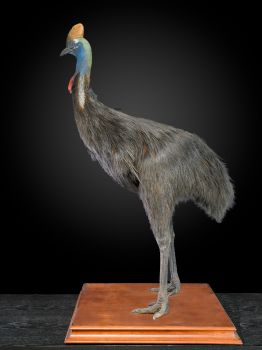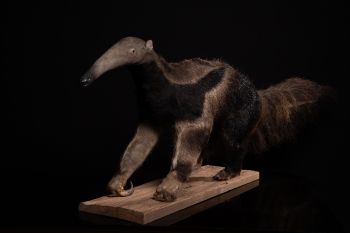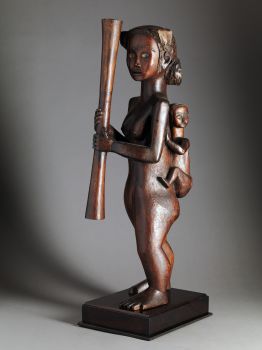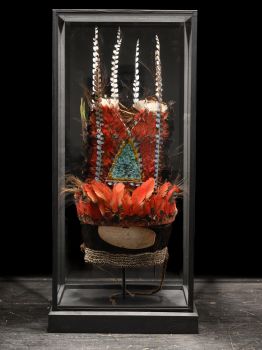17th C Very Finely Carved ivory Crucified Christ, Flemish Shool. 1680 - 1690
Unknown artist
BoneIvory
14 ⨯ 11 ⨯ 2 cm
ConditionVery good
Currently unavailable via Gallerease
Spectandum Gallery
- About the artworkThis crucified Christ, originally nailed to a wooden cross, exhibits exquisite lines. The rotation of the hips, emphasized by the folds of the perizonium, lends great strength to the sculpture. The visibility of the ribs evokes, in a sense, the serenity in Christ's suffering. The opening of new maritime routes along the coasts of East and West Africa in the 17th century stimulated ivory sculpture in the Netherlands and Central Europe. African ivory, with its creamy white color, had the advantage of being easily carvable, without the risk of breaking too easily. Ivory objects, finely carved in the smallest details, were highly valued by princes and wealthy citizens who displayed them in their "Kunstkammer" (art cabinets). Ecclesiastical authorities were also fond of ivory sculptures with religious themes for their treasuries. Subjects of devotion, such as the Passion or the sufferings of Christ, were particularly sought after.
- About the artist
It might happen that an artist or maker is unknown.
Some works are not to be determined by whom it is made or it is made by (a group of) craftsmen. Examples are statues from the Ancient Time, furniture, mirroirs, or signatures that are not clear or readible but as well some works are not signed at all.
As well you can find the following description:
•“Attributed to ….” In their opinion probably a work by the artist, at least in part
•“Studio of ….” or “Workshop of” In their opinion a work executed in the studio or workshop of the artist, possibly under his supervision
•“Circle of ….” In their opinion a work of the period of the artist showing his influence, closely associated with the artist but not necessarily his pupil
•“Style of ….” or “Follower of ….” In their opinion a work executed in the artist’s style but not necessarily by a pupil; may be contemporary or nearly contemporary
•“Manner of ….” In their opinion a work in the style of the artist but of a later date
•“After ….” In their opinion a copy (of any date) of a work of the artist
•“Signed…”, “Dated….” or “Inscribed” In their opinion the work has been signed/dated/inscribed by the artist. The addition of a question mark indicates an element of doubt
•"With signature ….”, “With date ….”, “With inscription….” or “Bears signature/date/inscription” in their opinion the signature/ date/ inscription has been added by someone other than the artist
Are you interested in buying this artwork?
Artwork details
Related artworks
- 1 - 4 / 12
 Curated by
Curated byDanny Bree
Unknown artist
A pair of angels Antwerp, 17th century, Carrara marble17th century
Price on requestFrederik Muller
Johannes van Dreght
Antique Dutch still life flowers in vase1740 - 1800
Price on requestGallerease Selected
Unknown artist
Een Gotische zuidelijke Nederlanden wandklok1580 - 1590
Price on requestNico van den Assem restauratie
 Curated by
Curated byDanny Bree
1 - 4 / 24- 1 - 4 / 24
- 1 - 4 / 24
Unknown artist
AN IVORY NETSUKE OF A DUTCHMAN FROLICKING WITH A SMALL BOY18th century
Price on requestZebregs & Röell - Fine Art - Antiques
Unknown artist
A MARINE IVORY NETSUKE OF A DUTCHMAN HOLDING A CHINESE FAN18th century
Price on requestZebregs & Röell - Fine Art - Antiques
Unknown artist
IMPORTANT AND RARE LARGE INDIAN 'COMPANY STYLE' PAINTING ON IVORY DEPICTING A PARADE1850 - 1900
Price on requestZebregs & Röell - Fine Art - Antiques
 Curated by
Curated byDanny Bree
Unknown artist
A COLLECTION OF FOUR SRI LANKAN IVORY BIBLE BOXES18th century
Price on requestZebregs & Röell - Fine Art - Antiques
Unknown artist
A SMALL IVORY NETSUKE OF A DUTCHMAN WITH A DRUM1750 - 1800
Price on requestZebregs & Röell - Fine Art - Antiques
Unknown artist
A IVORY NETSUKE OF A DUTCHMAN HOLDING A COCKEREL18th century
Price on requestZebregs & Röell - Fine Art - Antiques
Unknown artist
Dutchmen in miniature (Netsuke)1700 - 1900
Price on requestZebregs & Röell - Fine Art - Antiques
Unknown artist
A RARE COMPLETE INDIAN SADELI INLAID WORK AND WRITING BOX1800 - 1850
Price on requestZebregs & Röell - Fine Art - Antiques
1 - 4 / 24- 1 - 4 / 8

